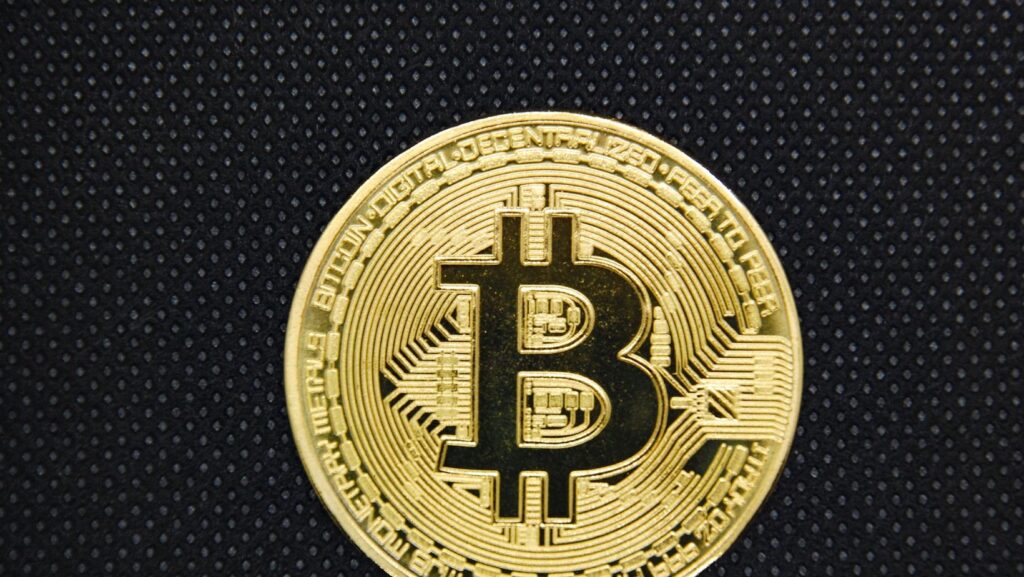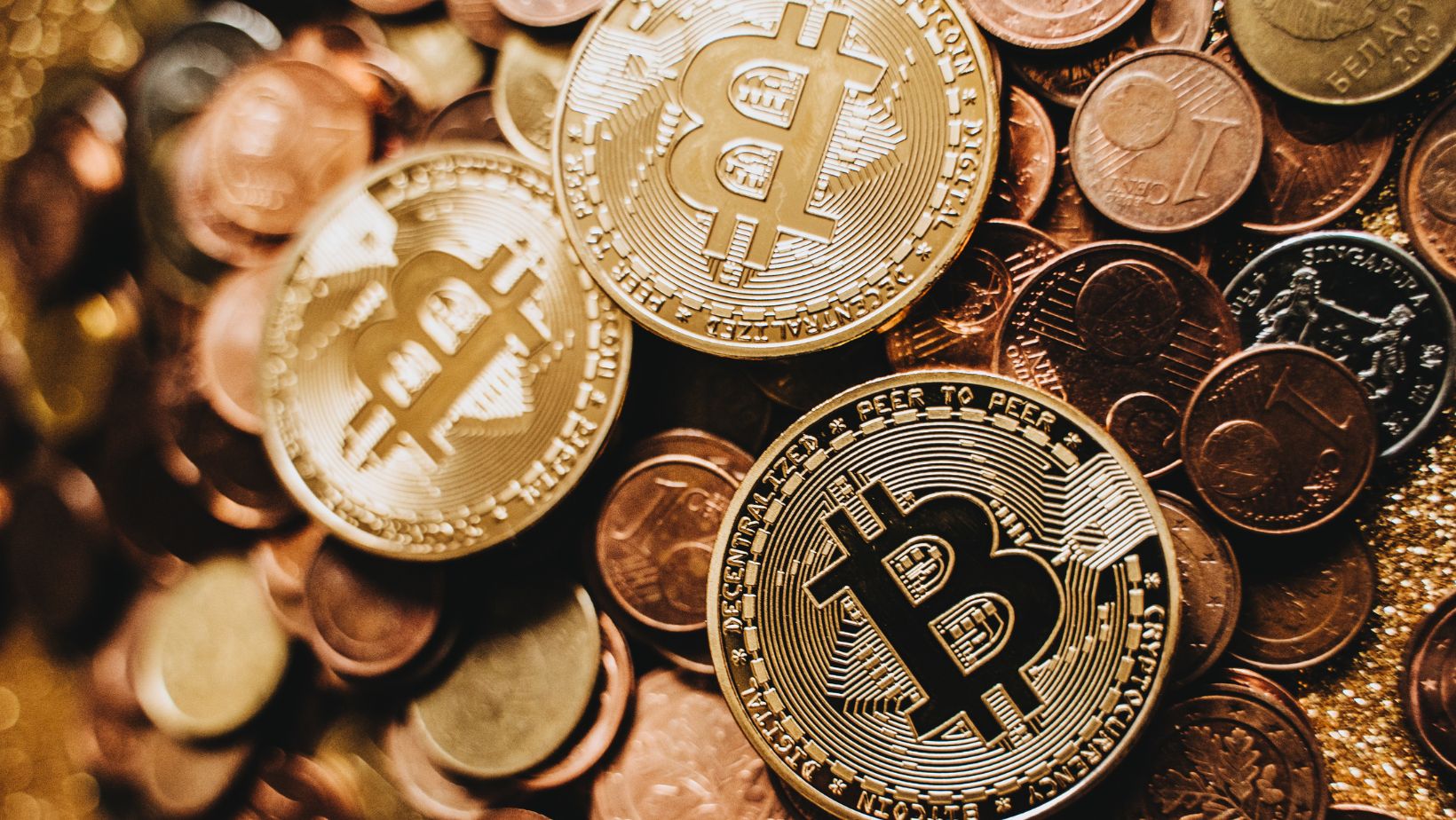The crypto market is full of surprises. One day you’re mining a coin on your phone as a side project, and the next you hear it’s finally tradable—and worth more than you expected. Pi Coin is a prime example. Built on the promise of making cryptocurrency accessible to everyone through mobile mining, Pi has attracted a loyal community of early adopters. Now, as it edges closer to open exchange listings, the question on many minds is: how do you sell Pi Coin smartly and ahead of the crowd?
Whether you’re a seasoned crypto investor or someone who mined Pi casually during coffee breaks, the key to maximizing your gains lies in timing, strategy, and understanding the process. This guide will walk you through what you need to know before cashing out, so you can act confidently when the moment arrives.
Understanding Pi Coin’s Unique Journey
Pi Network launched in 2019 with a radically different approach: a cryptocurrency you could “mine” directly from your smartphone without draining your battery. This low-barrier entry point brought in millions of users worldwide, many of whom had little to no prior experience with crypto.
Unlike Bitcoin or Ethereum, which were tradable relatively soon after launch, Pi Coin has taken a more gradual approach. The developers introduced a closed “enclosed mainnet” phase, allowing users to transfer coins internally but not on public exchanges—yet. This cautious rollout was designed to strengthen the network, verify user identities (via KYC), and reduce fraudulent accounts before entering the open market.
Because of this phased launch, Pi Coin holders are in a rare position: they’ve had years to accumulate without the volatility of public trading. When Pi finally becomes widely tradable, there’s likely to be a rush of sellers and buyers, which means acting strategically will be crucial.
Why Timing Matters in Selling Pi Coin
In crypto, timing can mean the difference between a lucrative exit and a missed opportunity. With Pi Coin, early listing days could bring massive price swings as demand meets a flood of supply. Historically, many coins experience a “honeymoon” price spike shortly after launch, followed by a sharp correction.
If you want to cash out like a pro, consider:
- Market Sentiment: Watch community chatter, media coverage, and social channels for signs of hype or cooling interest.
- Liquidity: Early days may have limited liquidity on exchanges, meaning large sales could impact the price.
- Global Listings: Pi’s value could vary between exchanges and regions—knowing where it’s listed first could give you an edge.Being ready with a plan before Pi hits open trading is far better than scrambling when the price starts
moving.
Preparing Your Pi for Sale
Before you can sell Pi Coin, there are essential steps you should take to ensure a smooth transaction.
Complete Your KYC Verification
Pi Network’s KYC process isn’t just a formality—it’s a requirement to move your coins from the mining app to your mainnet wallet. Without it, you won’t be able to transfer Pi to an exchange once trading begins.
Set Up a Mainnet Wallet
If you haven’t already, migrate your Pi from the mobile app balance to your mainnet wallet. This step not only secures your coins but also positions you to act quickly when trading goes live.
Research Exchanges in Advance
Not all crypto exchanges will list Pi immediately. Identify which platforms are most likely to support it and set up accounts beforehand. Completing account verifications early can save you valuable time later.
Selling Strategies for Maximum Gains
When it comes to selling Pi Coin, there’s no one-size-fits-all approach. Your strategy should reflect your financial goals, risk tolerance, and view of Pi’s long-term potential.
Partial Sell-Off
Selling a portion of your holdings allows you to secure profits while still holding some Pi in case the price rises. For example, you might sell 30–50% at launch and keep the rest for future gains.
Tiered Selling
This method involves setting different price targets and selling portions of your holdings at each stage. It helps you benefit from potential price spikes while minimizing regret if the price drops suddenly.
Long-Term Hold
If you believe in Pi’s future as a widely adopted cryptocurrency, you may choose to sell only a small amount early and hold the rest for years. This approach carries more risk but could yield significant rewards if Pi gains mainstream traction.
The Mechanics of Selling Pi Coin
Selling Pi Coin won’t be as simple as pressing a button in the Pi Network app—at least not at first.
You’ll likely need to transfer your coins to a listed exchange that supports Pi trading pairs (such as Pi/USDT or Pi/BTC). From there, you can place a sell order, choosing between:
- Market Orders for quick sales at the best available price.
- Limit Orders to sell at your chosen price, which can protect against sudden dips.
For a step-by-step breakdown, you can see how to sell Pi coin with detailed instructions on the process, exchange setup, and withdrawal options.
Position Yourself Ahead of the Curve
Selling Pi Coin before “everyone else figures it out” isn’t about rushing blindly into the market—it’s about preparation, timing, and clear-headed decision-making. The advantage goes to those who:
- Understand Pi’s unique rollout and market dynamics.
- Have their coins KYC-verified and in a mainnet wallet.
- Research exchanges and selling strategies in advance.
With millions of Pi holders worldwide, the competition to cash out at the right moment will be intense. But with a solid plan in place, you can move with confidence when trading finally opens, turning your years of mobile mining into tangible rewards.



More Stories
Understanding Concordium and Its Role in Blockchain Innovation
Why Spending Bitcoin Feels More Powerful Than Holding It
Us Bancorp Studies Stablecoins; India To Boost Crypto Rules